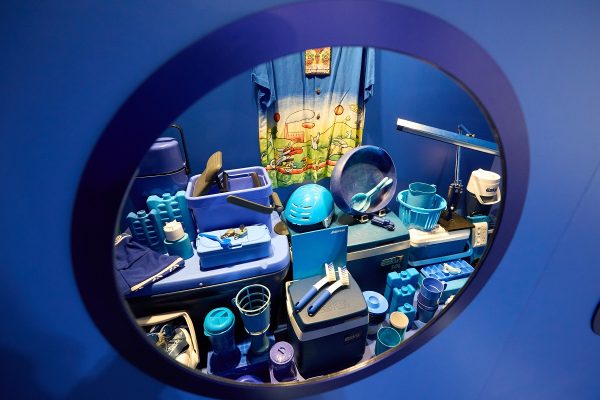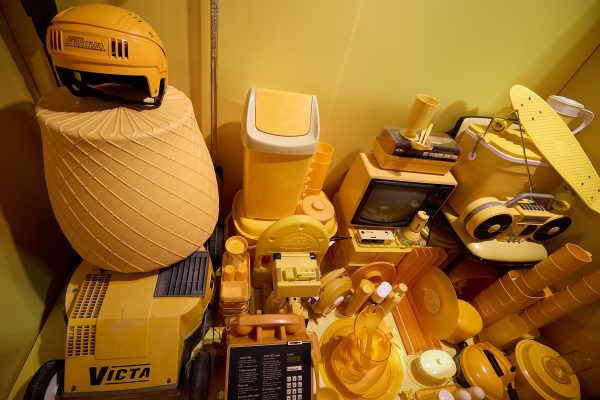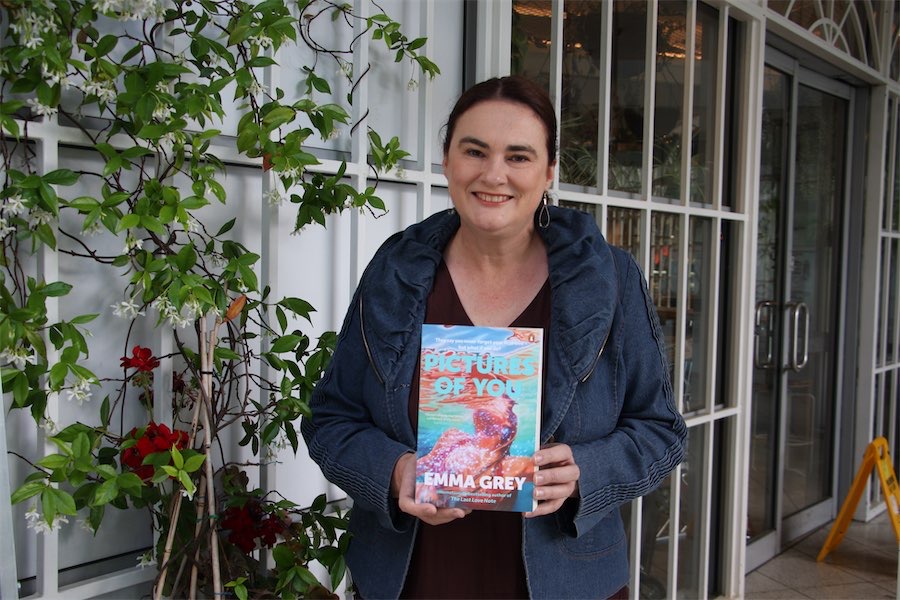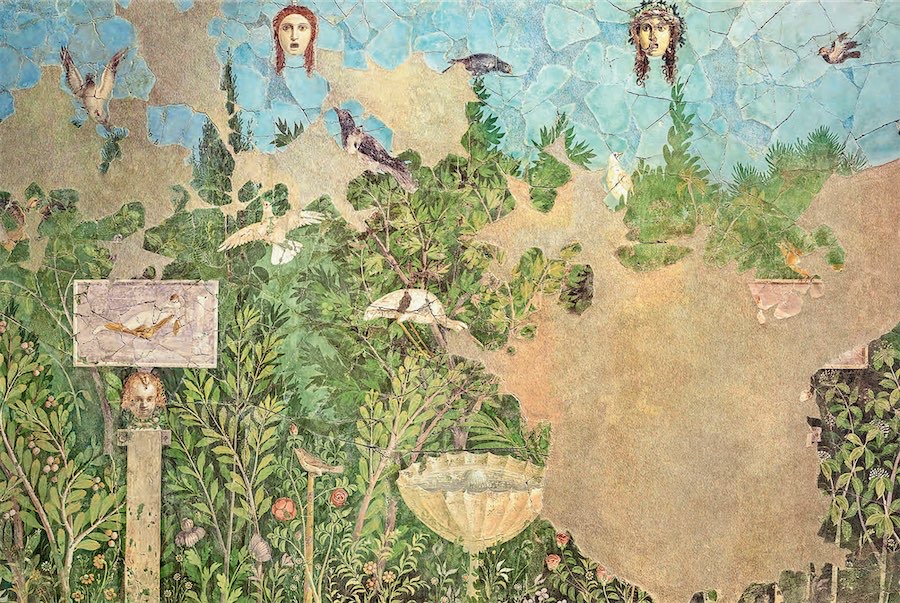
Craft / “Light, Colour, Humanity”. At Canberra Museum and Gallery, until May 28. Reviewed by MEREDITH HINCHLIFFE.
“LIGHT, Colour, Humanity” is the inaugural exhibition for a new CMAG gallery space that faces on to London Circuit and Civic Square.
Alastair Swayn was one of Canberra’s leading architects – he designed most of the buildings surrounding the Canberra Airport. He was also passionate about Australian design. Before he died prematurely, he established a foundation and this exhibition is the 2023 Showcase Legacy.
Three principles defined Swayn’s work: light, colour, humanity.
Like many other designers, Swayn believed that people were born equal and had a right to be heard equally. The public buildings he designed supported this principle.
The three elements to this exhibition are represented: light through photographs by John Gollings of Swayn’s building, colour through an exhibition of Australian-designed objects from curator Ian Wong’s collection and humanity through a film and narrative text that focuses on humanity-centred design.

Cubes in the space are packed with objects from Australia’s post World War II past, grouped in colours. The intriguing link to the pieces is that they were designed and manufactured in Australia. Included are the yellow stack hat which children wore when on their scooters or bikes – designed by Bryon Fitzpatrick. He taught at the then Canberra College of Advanced Education before leaving Australia to teach at the Rhode Island School of Design and other institutions in America and Europe.
Australian inventor Frank Bannigan founded Kambrook, the company which is responsible for quality and affordable electrical appliances. He worked in a converted garage in his home in Kambrook Road. He was another designer who worked to bring quality products within everyone’s reach.
One of his first major products was the powerboard, developed in the early ’70s. This quickly became a worldwide hit and remains an essential household item today. Look for this object in the blue cube.
Décor products are ubiquitous in our kitchens. The brand originated in Melbourne in 1958 and the company has been awarded many Australian Design Awards. The products come in a range of colours, so examples can be found in every cube.
Circular “windows” give visual access to the objects – at both child and adult height. As a tribute to local designers and manufacturers, Wong from Monash University, has included the F!NK jug. In addition the circular “windows” into the cubes have a F!NK-manufactured surround – in the wall colour.
The exhibition embraces not only Swayn’s architectural principles, but also the principles of CMAG – social history and art.
I found it a fascinating exploration, illuminating the history of Australian design and, importantly, fun!
Who can be trusted?
In a world of spin and confusion, there’s never been a more important time to support independent journalism in Canberra.
If you trust our work online and want to enforce the power of independent voices, I invite you to make a small contribution.
Every dollar of support is invested back into our journalism to help keep citynews.com.au strong and free.
Thank you,
Ian Meikle, editor




Leave a Reply